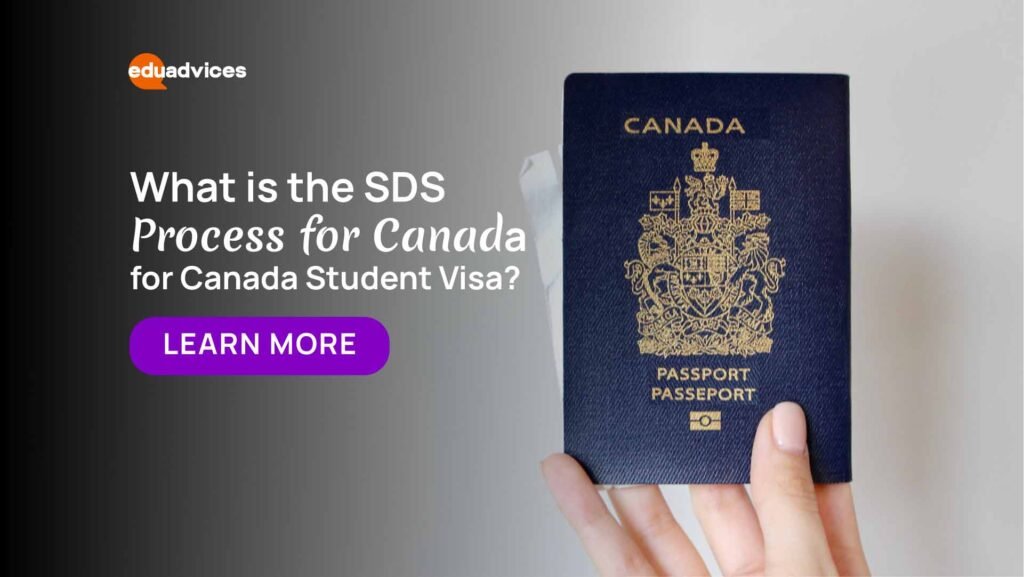How to Write a Scholarship-Winning Essay for US Universities (With Examples)
A scholarship winning essay can be the key to unlocking your dream of studying in the USA. For many Nepalese students, scholarships make education abroad affordable by covering tuition and living costs. A strong scholarship essay is often the deciding factor in securing funding that moves you forward. But what do scholarship committees look for in an essay, and how do you write one that truly stands out? In this blog, we’ll explain everything you need to know in order to write a successful scholarship essay. We’ll go through what scholarship committees look for in general, outline a few easy steps to write the essay, summarize some common mistakes to avoid, and highlight excellent examples of scholarship winning essays for US universities, with tips on why they worked. Whether you’re applying for scholarships to study in the USA or elsewhere, this guide will help you write confidently and effectively. Understand What Scholarship Committees Look For Scholarship committees look at hundreds, even thousands, of essays. Why? To understand who you are, not just your grades and test scores. Your essay is an opportunity to share a bit of your personality, your values, and your aspirations. Here are some of the characteristics committees are looking at: Authenticity – Genuine, honest stories that truly reflect and relate to you. Resilience – How have you challenged adversity and learned from it? Goals & Ambition – Your academic and career plan. Potential – Your ability to give back to your community, marketplace, or field. Clarity and Focus – Clear writing, with a clear structure, that answers the prompt fully. Remember that committees are looking for students who not only need help financially but whose potential is worth the investment and will also make a meaningful impact in their studies and communities. Steps To Write A Scholarship-Winning Essay Writing a scholarship essay can feel overwhelming, but breaking it down into manageable steps helps: Read the prompt closely. Before you ever write, you want to be sure what is being asked of you. Brainstorm ideas. Think about your life and any experiences, challenges, accomplishments, and goals that fit the prompt. Create an outline. Before you begin writing, it might be helpful to have a plan for your introduction, body (main points), and conclusion to keep your essay clear and organized. Write an interesting introduction. Use a personal story or other insight to catch the reader’s attention. Tell your story! Give specific examples to keep the reader interested, and use emotion to express your thoughts and feelings. Show that you grew from your experiences and how your thoughts or goals have changed. Explain how your experiences related to your goals or ambitions. Edit, proofread, and edit again. Check your grammar and spelling. Make sure your writing is clear and coherent. You can always ask friends or mentors for assistance in reviewing your essay. Common Mistakes To Avoid While Writing Essays To make your essay stronger, watch out for these pitfalls: Being too generic. Avoid clichés and vague statements. Make your essay personal and unique. Ignoring the prompt. Always stay focused on the question asked. Repeating your resume. Don’t just list achievements — tell stories behind them. Poor structure. Disorganized writing makes it hard for committees to follow your story. Overusing quotes. Use quotes sparingly; your voice should shine. Last-minute writing. Start early to give yourself time to revise. Some Examples of Scholarship Winning Essay Example 1: Going Merry Scholarship Success Story — Jesus Adrian Arroyo-Ramirez Jesús Adrian Arroyo-Ramirez wrote a winning scholarship essay (and video!) that he submitted on Going Merry. He earned an outstanding $40,000 through the Golden Door Scholarship. Essay Prompt: What differentiates you from the hundreds of DACA students who apply to our scholarship? Use one of those opportunities to tell us something else we cannot see just by looking at your grades, test scores, and transcripts. “I always knew I was different than my friends in some way. Growing up, I struggled to speak English while everyone else had little to no problems. I needed extra help in school while my friends coasted by with ease. My friends would hop on planes and travel all around the world while I had to stay at home. At the age of 13 all of my friends started driving while I still couldn’t. I built up the courage and asked my mother why I did not have access to the simple liberties everyone else did. My name Is Jesus Adrian Arroyo-Ramirez, and I was illegally brought to this country when I was just six years old. At the time I had no clue that I was breaking any laws, and I did not realize the fact that my life was going to change forever. Growing up with a different citizenship situation than my peers was and still is the biggest challenge I have to face in my life. Looking back there is not a single thing that I would change. Knowing that I had to work harder than everyone else led me to be the person that I am today. I took that fire inside of me, pushed myself, graduated first in my class with a cumulative 4.0 GPA, became a Kansas Scholar, and graduated High School with a semester’s worth of college credit. In November of 2016, everything began to look up for me. I received a work permit and a social security card all thanks to the DACA program. I was finally able to get my license, get a job, and most importantly attend college. I plan to continue my success in the classroom and do everything to the best of my ability as I know that under my current circumstances it can all be ripped away from me at any moment. Growing up with my situation has taught me to not take advantage of a single opportunity. There has been continued support around me past and current and I know there are people out there rooting for my success. I will strive











